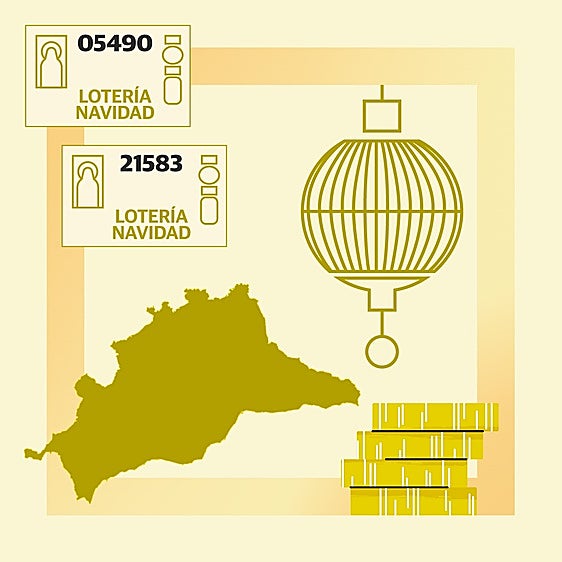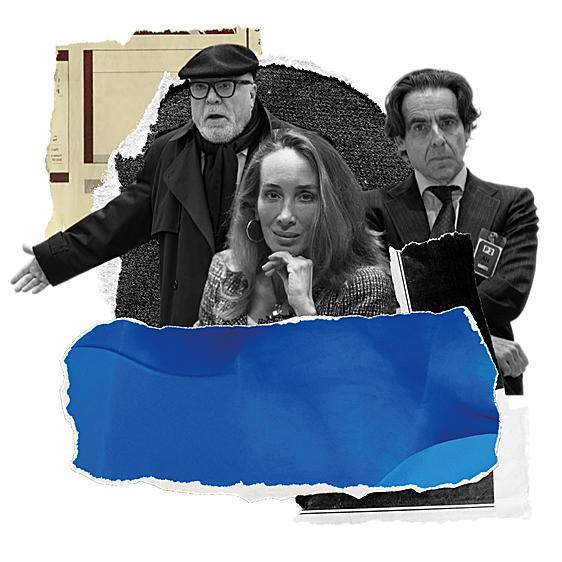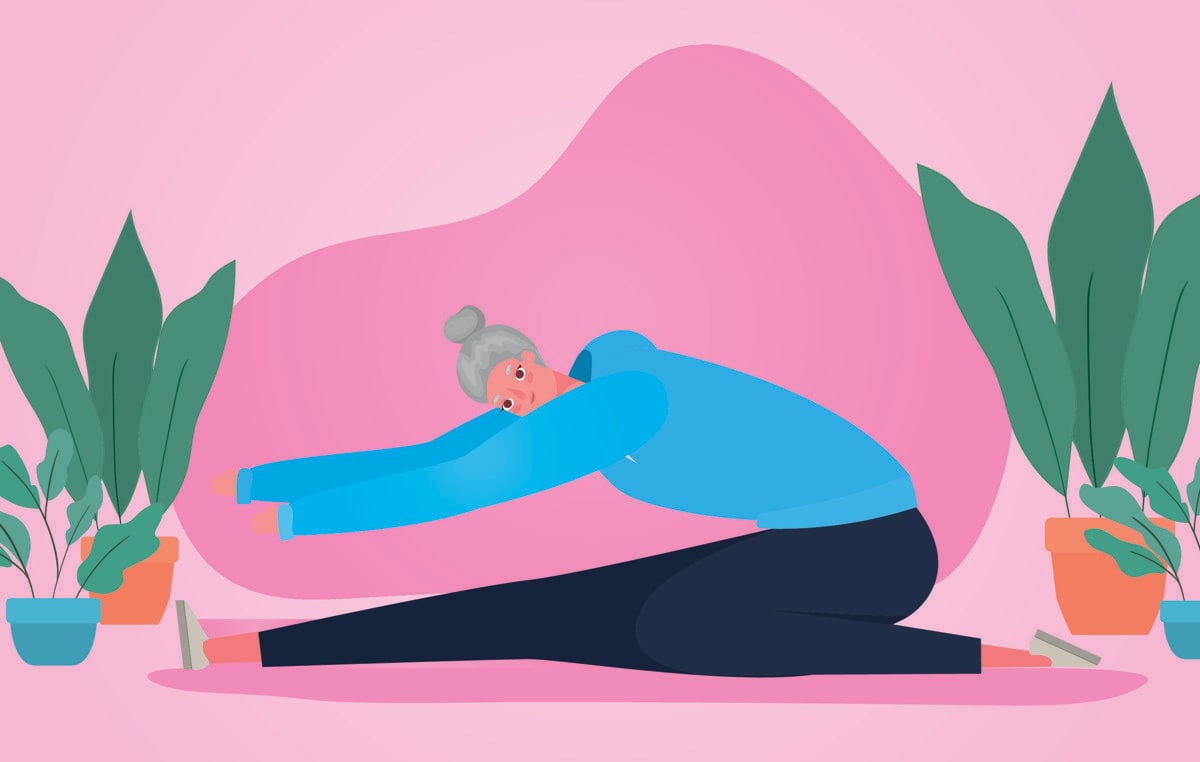Doing sport over the age of 70 is more important than in your twenties
It is still surprising to see an older person lifting weights in the gym, but it is good for them!
Marta Fernández Vallejo
Viernes, 10 de marzo 2023, 19:33
We need to change our thinking. We associate sport with young people, a time of peak fitness, competitions and achieving major challenges. As we get older we demand less of ourselves, and many people put away their trainers for good when the first aches and pains begin. It still seems unusual to see an older person lifting weights at the gym, running on an athletics track or swimming lengths. And that is a mistake. It is just as necessary, or even more so, to do sport after the age of 70 as it is when we are young, doctors say. Although some exercises can be especially beneficial for the over-70s.
“Of all the strategies that can be applied to hold back the signs of ageing, physical activity is one of the most important. Numerous chronic illnesses can be slowed down just by practising sport. It is the best anti-ageing medicine,” says Dr Ángel Durántez, the author of a book called Joven a los 100. Claves para Vivir Más y Mejor on how to live better in old age.
The World Health Organization says that people in the third age should exercise for at least 150 minutes a week, although 300 minutes will bring the greatest benefit. That includes aerobic activity, exercises to strengthen the muscular system two or three times a week and three sessions to improve balance and flexibility.
What to work on
“For older people it is best to combine different types of training, and include exercises that can be adapted to everyday tasks,” says physical education teacher Germán Vicente-Rodríguez.
He says a programme should include aerobic exercise, walking, strength, endurance, power, balance and functional training ( real-life movements), which is known as multicomponent training.
Physiotherapist Mikel Junquera talks here about some activities and their benefits:
Endurance. These exercises improve cardiac and respiratory capacity and increase energy for carrying out everyday activities such as climbing stairs, moving around, going shopping etc.
Strengthening. These improve muscle tone. They help to give people more independence in doing things for themselves, from getting up from a chair to personal hygiene or lifting something heavy.
They improve the metabolism, in such a way that it also helps to maintain blood sugar levels and weight and prevent osteoporosis, which is one of the problems at this age.
Balance. Balance exercises are essential because they prevent a common problem that affects elderly people: falls, which can result in major injuries such as a broken hip.
Flexibility. These movements help to keep the body flexible by stretching the tissues and muscles.
They also help elderly people to remain independent for longer in their everyday lives, by making their movements easier.
Which sports, specifically?
So we now know which physical faculties need to be worked on, but which sports or activities get the best results?
Our two anti-ageing experts recommend the following:
Riding a bike. Going for bicycle rides helps cardiovascular health and strengthens muscles and joints. The speed and the length of the journeys should be adapted to each individual.
One option for people with more limitations is to use a static bicycle or an elliptical trainer.
Walking. A brisk walk is one of the most effective forms of exercise for elderly people. It has the advantage of being easy, cheap and can be done anywhere. And walking in the countryside gives the added benefit of avoiding pollution.
Practise yoga, tai-chi, pilates... These exercises use breathing, correct posture, improve flexibility, muscle tone, balance and relaxation.
However, the techniques do have to be learned.
Swimming and exercising in water. Swimming is one of the most complete sports for all ages and there is little risk of injury.
Swimming and doing exercises in the water activate the heart, tone the muscles and ease joint pain, which is something that many elderly people suffer from.
Exercises in the gym or at home
Our physiotherapist suggests these exercises:
To work on balance. Stand on one foot, on your heel (toes upwards) or on tiptoe; walk while balancing different things on the palms of your hands (for example, a bottle or a ball).
Standing up, with your legs shoulder-width apart, shift your weight from one leg to the other and, at the same time, lift your heel and bend forward slightly.
With or without holding the wall for support, lift one leg sideways with the knee bent, and then the other.
Strengthen arms, back and legs. Stand up, hands supported on the wall and arms straight with your feet further back than your shoulders.
Bend and stretch your elbows, as if you were going to kiss the wall and then return to the starting position.
Stand up and sit down on a chair, increasing your speed and including weights - an 8-kilo kettlebell, for example, held in both hands.
Another option is to go up and down a 20-40 centimetre step, varying your speed and carrying different weights.



